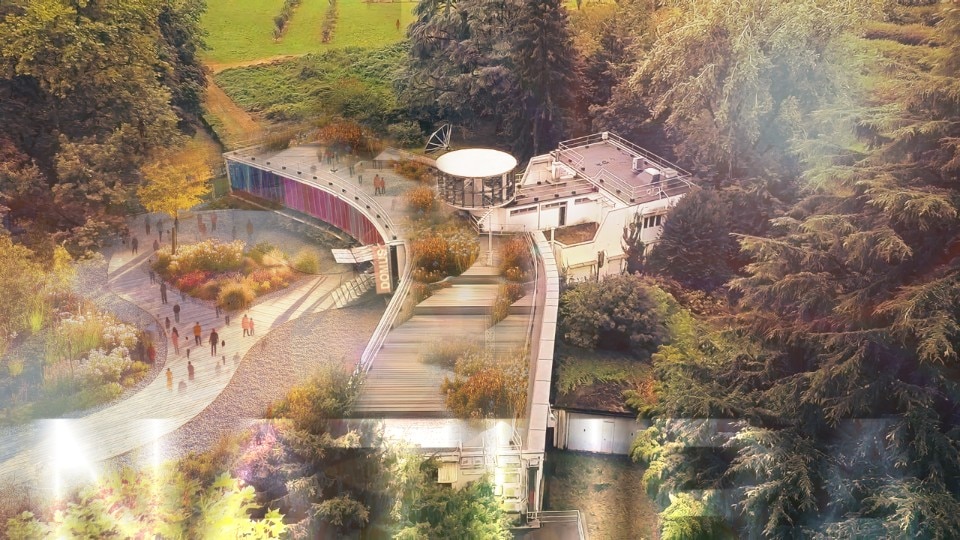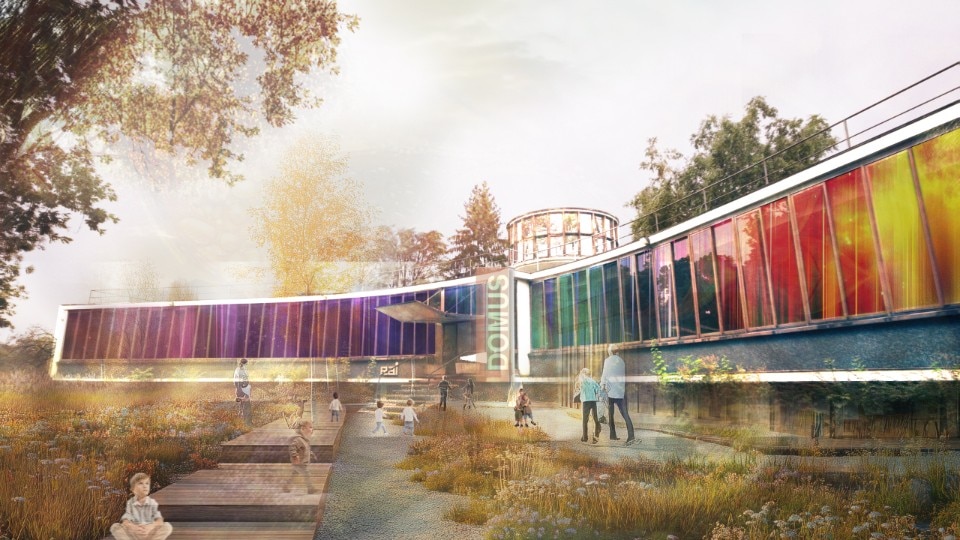In The Solitude of the Global Citizen, Zygmunt Bauman writes that the only possible answer to the tormented existential distrust and loneliness of our society is the recovery of the classical “agorà”: a community place where individual freedom springs from collective commitment and where private sufferings can be perceived as shared anxieties.
It is from this approach that comes Villaggio Morandi, the project proposal recently presented by Fondazione Morandi (an organisation that for years has supported medical training and supported health, education and sport in the territory) and developed by Migliore + Servetto.
Just as the cure offers a “second chance” to those who have come across illness or tragic accidents (as in the case of the Morandi family itself, touched by the dramatic experience of a terrible accident involving their son to which effective medical treatment has provided an appropriate response), so the project offers a “second chance” to two strategic areas in the urban fabric of Monza, long awaiting reconfiguration: the former RAI Control Centre, designed in 1954 in the rationalist style by Gio Ponti in the Villa Reale Park, and the nearby lot in Via Lissoni. The two places, closely interrelated, would form the Morandi Village, a vital organism open to the territory where care spaces merge with places of sociability and hospitality, triggering new relational dynamics.
The former RAI Control Centre would be object of an accurate philological restoration and regeneration intervention aimed at preserving Ponti's precious architectural heritage, readable in the balance between technological functionality, aesthetics and relationship with nature, and at transforming the office building into the new paediatric hospice “Domus Morandi”. In the lot in Via Lissoni, the proposal is to build “Campus Morandi”, a multifunctional complex articulated around a central square-garden (the “agora” prefigured by Bauman?) that serves as the nerve centre of the Foundation's activities and from which, like a seed, the adjacent rehabilitation and recreational spaces, open to citizens, would sprout.

As designer Ico Migliore states: “For some time our studio has been devoting particular attention to the theme of the healing place, a topic also addressed in the recent publication “Museum Seed. The Futurability of Cultural Places”. The collaboration with the Fondazione Morandi has led us to reflect further on the potential of architecture to become a place of care and wellbeing, an idea that leads us to imagine a space open to the city and the entire community. Feeling safe, connected, central in delicate moments is always fundamental, which is why I think it is necessary to build places with a strong identity and empathy, capable of reassuring as well as welcoming. A seed of beauty and support that could grow and germinate new ideas, new approaches to care and above all new human relationships”.

Through the project, Fondazione Morandi pursues the objective of refounding the conception of care spaces, understood here as places capable not only of providing innovative health and care services but also of generating dynamics of reciprocity and exchange, whereby the receiver feels in turn called upon to give back: in the conviction that strengthening the social network is an indispensable medicine to cure the ills of the present, not only physical but also psychological.


Metamorphosis: when ceramics lives with technology
Iris Ceramica Group presents "Metamorphosis" at Fuorisalone 2025, an experience that merges art and technology, featuring interactive installations and innovative surfaces.









